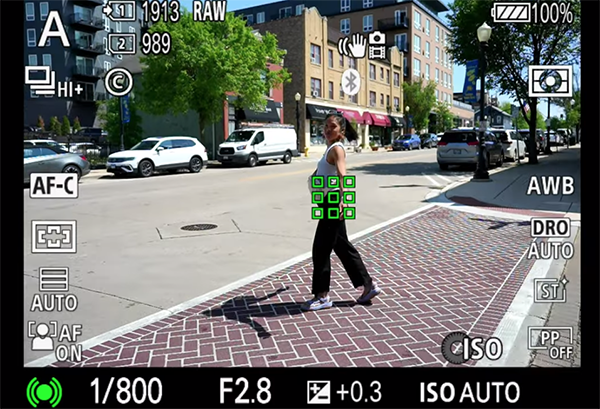SHARP PHOTOS in All Situations with This Pro Focus Technique (VIDEO)
Photographers often struggle to consistently attain fast and precise focus, sometimes getting it right while failing on other occasions. If that sounds like you, todays tutorial will set you free by demonstrating a pro technique that that’s easy enough for anyone to employ .
The topic of conversation is what’s known as Back Button Focus (BBF)—popular among pros but often ignored by less experienced shooters. The beauty of this versatile method is that it always delivers the goods, whether you’re shooting landscapes, wildlife photos, street scenes, or even environmental portraits.
Instructor Peter T. Lambert says he earned an engineering degree “just for fun” but he’s now a working travel photographer with a passion for sharing the secrets to his compelling imagery. He says BFF is an easy-to-master but “essential” tool, and he covers all the basics in barely eight minutes.
The goal of his video is this: “I’m going to share with you how different focus modes work, why BBF is so helpful, and how you can set it up in your camera.”

Be sure to watch until the end because Lambert has a bonus tip that ties everything together so that BBF “allows me to be versatile with different types of subjects or changing conditions without ever having to fumble through my menus.” So grab your favorite camera and let’s get started.
Lambert says BBF comes to rescue when conventional autofocus techniques may fail, like when subjects are in motion, amidst a cluttered scene, and when foreground elements partially block your view. As the name implies, BBF involves reassigning a button on the back of your camera to activate focus (instead of doing so with a half-press of the shutter button).
There’s a quick overview of the focusing modes available on most modern cameras, and BBF works will them all. Then Lambert explains the benefits of separating focusing from the task of capturing a photo with the shutter button. You’ll also learn which focusing modes work best depending upon the specific task at hand.

You’ll become a better and more confident photographer by learning this technique and putting it to use. Just do a bit of practice and you won’t have to worry about nailing focus again.
There’s much more to learn on Lambert’s instructional YouTube channel, so pay a visit and explore what’s available.
We also suggest watching the tutorial we featured with another accomplished pro who demonstrates a foolproof formula for capturing eye-popping fireworks photographs during the upcoming Fourth of July festivities. There’s still time to get it right.





